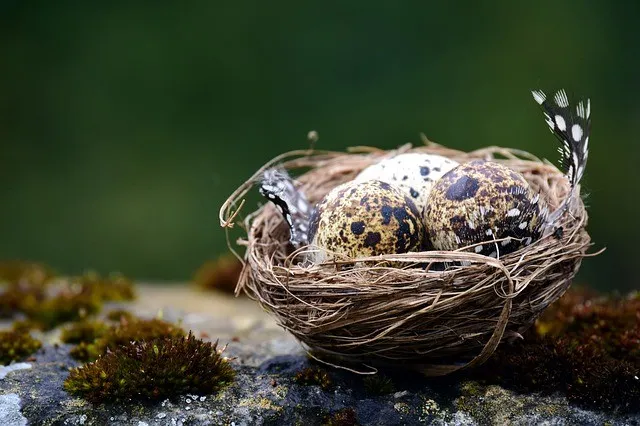
It’s not every day that we get to talk about our chicken and egg problems but sometimes it’s worth taking a closer look at understanding how our eggs come to be before hatching. How much do we know about eggs just by visual inspection? Not much, as scientists have finally hatched a new discovery that unveils just what causes the aesthetic properties of eggs.
//How Do You Like Your Eggs?//
Eggs comes in different shapes, colours and sizes and it is now thought that the deciding factor for this aesthetic variation relies on temperature conditions. Eggs are not multi-coloured and will be a mix between reds or greens, nothing beyond this spectrum. Hardness of the eggshell is maintained by the calcium carbonate present in the shell which can give rise to various hues including pure white to darker blues and greens. Green eggs are indeed a real feat and it’s interesting to know that despite an egg being all encapsulating, it’s exterior contains thousands of pores to allow air and moisture exchange while keeping out nasty substances.
//Eggcellent Theories//
Over the years, thoughts around eggshell coloration has been a hot topic. Suggestions of evolution and survival have been a prime theory where it’s thought camouflage may have dictated pigmentation in certain environments. Appearance for the purpose of recognition has also been a plausible factor and many of these possible reasons for specific aesthetic appearance are still possible but the discovery of temperature dependence is at the front of discussion. Scientists have ruffled enough feathers to discover that eggs in colder temperatures will be of darker pigmentation as opposed to warmer climates that brings about wider spectrum of colour variation. It might be said that walking towards the sunny side of the rainbow yields a world of colourful eggs.

//Eggstatic Discovery//
Scientists decided to put all their eggs in one basket and to analyse the appearance of various eggs from different regions of specific climate conditions. Dark brown colouration was consistent in colder areas while a range of hues were found from areas that were exposed to great levels of heat and sunlight. Scientists believe that the variation in colour is a logical adjustment for survival and incubation as darker colours would effectively absorb more sunlight as opposed to lighter colours in the absorption spectrum. Tests were carried out to confirm performance under direct sunlight and found temperature of darker coloured eggs to heat up at an accelerated rate with consistent heat retention.
Researchers are still in the dark as to why there are greater variations in warmer environments but theories around survival against predators (camouflage), bacteria and other harmful conditions may dictate the appearance of an egg. Eggshells are the armour of the internal embryo and it’s fascinating that even at this stage, an exterior can evolve and adapt for better survival conditions of offspring.
Sources :
https://www.saudereggs.com/blog/what-do-different-eggshell-colors-mean/#egg-colors